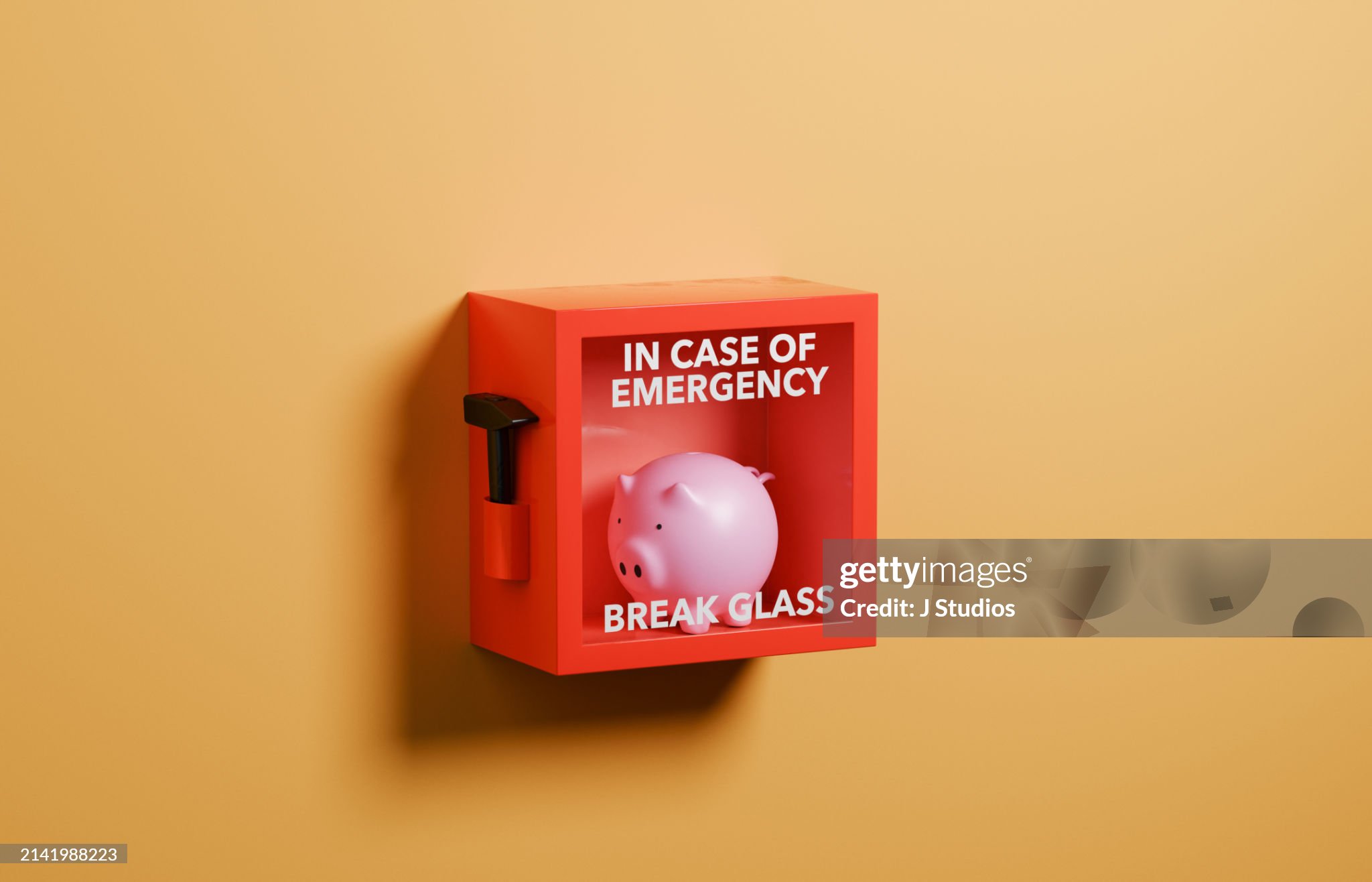Building a $10,000 emergency fund sounds intimidating, especially if you're living comfortably and don't want to cut back on the things you enjoy. But here's the good news: it's absolutely achievable without turning your life upside down.
In this guide, we'll walk you through practical, realistic strategies to save $10,000 in 18 months while still enjoying your daily latte, occasional nights out, and your streaming subscriptions. Let's dive in!
Why You Need an Emergency Fund
- Job loss
- Medical emergencies
- Home or car repairs
- Sudden family emergencies
Without a cushion, these situations could lead to debt or financial ruin. Having $10,000 tucked away gives you peace of mind and options.
The Math: How Much to Save Each Month
To reach $10,000 in 18 months, you need to save approximately $555 per month. Sounds like a lot? Don't worry — we’ll show you how to make it feel painless.
Step-by-Step Plan to Save $10,000 Without Feeling Deprived
1. Automate Your Savings
- Open a separate high-yield savings account.
- Set up an automatic transfer of $555 each month (or about $130 weekly).
- Treat it like a "bill" you pay yourself first.
Tip: Ally Bank and Marcus by Goldman Sachs offer some of the best high-yield savings accounts with no fees.
2. Find "Invisible Money"
- Cancel unused subscriptions (gym memberships, streaming services you barely watch).
- Use cashback apps like Rakuten or Dosh.
- Negotiate bills like your phone or internet (you can save $20-$50 a month easily).
- Review insurance policies and shop around for cheaper rates.
Even small leaks can add up to hundreds of dollars a year!
3. Add Mini Income Boosters
- Freelance gigs (writing, design, consulting)
- Selling items on eBay, Facebook Marketplace, or Poshmark
- Pet-sitting or dog-walking (apps like Rover make it easy)
- Online surveys or cashback tasks
If you earn just $150 extra per month, your goal becomes even more manageable.
4. Save Windfalls
- Tax refunds
- Work bonuses
- Birthday cash gifts
- Rebates and refunds
Consider it "money you never had," and you won't miss it.
5. Cut Smart, Not Deep
- Dining out? Switch one pricey meal a week to a cheaper local spot.
- Streaming services? Rotate subscriptions instead of keeping all at once.
- Coffee habit? Brew your fancy drink at home a few days a week.
Saving doesn't have to mean suffering — just smarter choices.
Creative Ways to Stay Motivated
1. Visualize Your Progress
Create a savings tracker (even a simple chart on your fridge) where you can color in your progress every $500 you save.
2. Name Your Account
Instead of "Savings," call it "Freedom Fund" or "Stress-Free Life Fund." It feels more personal and motivating.
3. Reward Milestones
At every $2,500 saved, treat yourself to a small reward (under $50). It keeps you excited and motivated!
4. Find an Accountability Partner
Team up with a friend who also has a savings goal. Check in monthly and celebrate milestones together.
Realistic Example Plan
Month 1-3:
- Automate $400 monthly from paycheck
- Add $100 a month from selling old items
- Cut $55 a month from subscription services
Month 4-9:
- Negotiate a bill to save $30 monthly
- Take a side gig earning $150/month
- Save tax refund ($1,000) directly to emergency fund
Month 10-18:
- Maintain automation
- Boost with occasional windfalls (bonuses, cash gifts)
- Re-evaluate spending habits quarterly
FAQ
Q: Can I build an emergency fund if I'm already living paycheck to paycheck?
A: Yes! Start smaller — even $20-$50 a week adds up. Focus on "invisible money" leaks and small side gigs.
Q: Should I invest my emergency fund to grow it faster?
A: No. Emergency funds should be liquid and safe. Keep it in a high-yield savings account, not stocks or crypto.
Q: What if I have debt? Should I save or pay off debt first?
A: It's a balance. Start building at least a small emergency fund ($1,000) while making minimum debt payments. Then prioritize debt aggressively.
Q: What if I fall behind on my savings schedule?
A: No stress! Adjust the timeline slightly if needed. Progress is more important than perfection.
Q: Is $10,000 too much for an emergency fund?
A: It depends on your situation, but for most individuals and small families, $10,000 provides a solid cushion.
Conclusion
Building a $10,000 emergency fund in 18 months is completely possible without giving up your lifestyle. It’s all about being intentional, making smarter choices, and celebrating progress along the way.
Start today: open that savings account, automate your first transfer, and watch your financial confidence grow!
If you’re ready to make your financial life stress-free, your future self will thank you — and so will your bank account.

